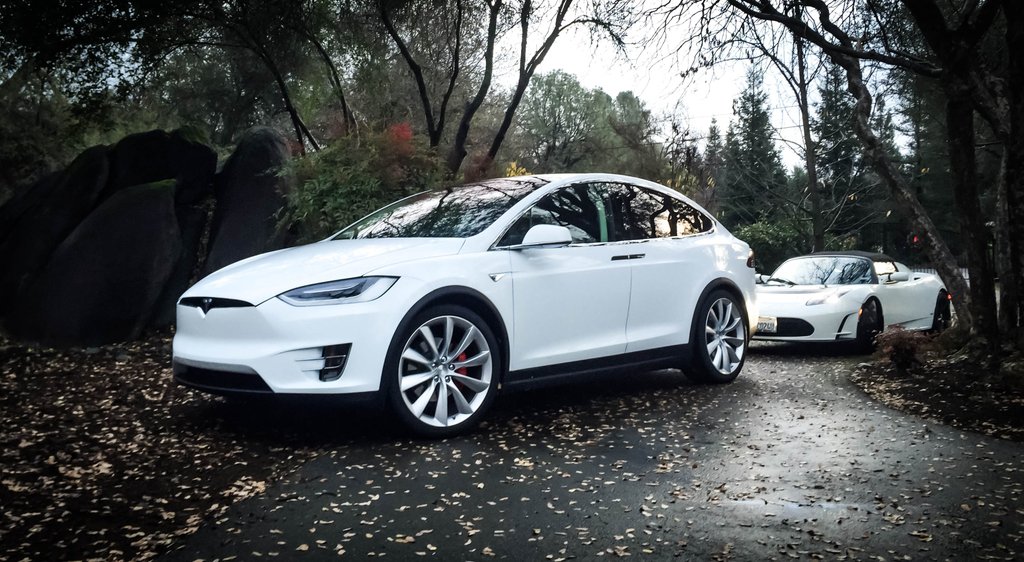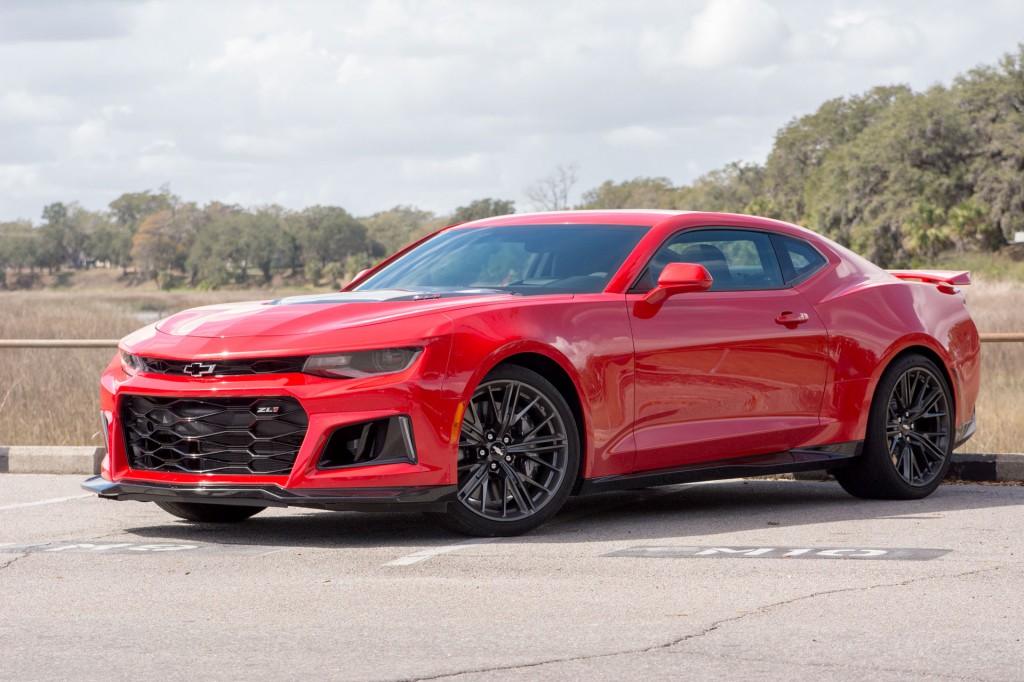Volume sales of plug-in cars, both battery-electric and plug-in hybrid models, began more than six years ago.
From a first-year total of about 17,000 in 2011, they rose tenfold over five years, to roughly 160,000 last year in the U.S.
But it's important to understand that despite their growth rate, cars with plugs still represent only a tiny percentage of the U.S. or global vehicle markets.
DON'T MISS: Electric car sales for Mar: Leaf beats Bolt EV, plug-in hybrids beat electrics
Plug-in sales of 12,000 to 15,000 a month are broken across a small number of cars selling at 1,000 or more per month, a handful at levels of 350 to 1,000, then a larger number with monthly sales below that.
The first group comprises four battery-electric models and three plug-in hybrids:
- Chevrolet Volt plug-in hybrid
- Chevy Bolt EV (presumably, once it's available throughout the U.S.)
- Ford Fusion Energi plug-in hybrid
- Nissan Leaf
- Tesla Model S
- Tesla Model X
- Toyota Prius Prime plug-in hybrid

2016 Tesla Model X with 2011 Tesla Roadster Sport, photographed by owner Bonnie Norman
The second group includes the BMW i3, the Ford C-Max Energi, the Focus Electric (last month, at least), and the Volkswagen e-Golf (historically).
But in a market that reached a record 17.5 million vehicles last year, cars with plugs were just 1 percent of total sales—and conventional hybrids 2 to 3 percent on top of that.
With continuing low gasoline prices and better gas mileage in every new vehicle, courtesy of corporate average fuel economy rules starting in 2012, U.S. buyers have surged toward utility vehicles while increasingly ignoring sedans and hatchbacks.
READ THIS: Tesla delivered 25,000 electric cars in Q1 2017, plus or minus
Trucks are more profitable than cars for automakers, and in comments on March sales results, Rebecca Lindland, executive analyst for Kelley Blue Book, pulled no punches:
Shoppers are gravitating towards new and revamped crossovers in record numbers as multitasking vehicles appeal to a multitasking society. The challenge ahead will be to sell sedans and alternative fuel vehicles.
As Washington continues to grapple with setting long-term fuel economy regulations, Chevrolet has sold nearly twice as many Camaros as Bolt EVs and Volts combined, and Toyota Prius sales are down nearly 17 percent year-to-date.

2017 Chevrolet Camaro ZL1
That point about the Camaro outselling the Bolt EV and Volt is worth considering.
The Chevrolet Camaro performance coupe is a very modern iteration of a car that's a throwback to the heyday of 1960s muscle cars. It only holds two people comfortably, it's loud, fast, offers a V-8 engine option, and likely appeals to entirely different buyers than either Chevy plug-in offering.
Which one do you think is easier to sell for franchised Chevy dealers, perceived as more fun to drive, and more instantly recognizable?
CHECK OUT: Lessons learned from early electric car: 2011 Nissan Leaf at 90,000 miles
This is not to say that the future for plug-in cars is bleak, but that the numbers are important.
Three of four U.S. automakers are located in Michigan, a state where Tesla has been legally banned from selling its cars online, the Bolt EV can't even be ordered until July, and trailer-towing and muscle cars get far more attention than the superior driving experience, low cost per mile, and environmental benefits of electric cars.
California, where about half of all plug-in cars are sold, is the world's eighth-largest economy all by itself and the largest single vehicle market in the country.

National Plug-In Day 2012: San Francisco, with 60 Nissan Leafs in front of the Golden Gate Bridge
But it might as well be in another country from Detroit, and its ability to set its own emission rules will likely come under attack by the Trump Administration.
The state is likely to lead the national resistance to the president's environmental and climate-change policies.
And while a substantial portion of California car buyers are willing to consider buying a car that plugs in, that's far from the case nationally.
Electric-car advocates have a lot of work ahead of them to get more buyers interested in plug-in cars—but they should never mistake California (where many live) for the U.S. market as a whole.
_______________________________________












